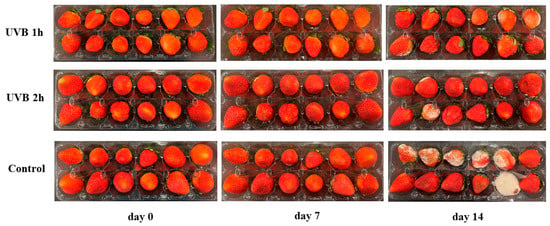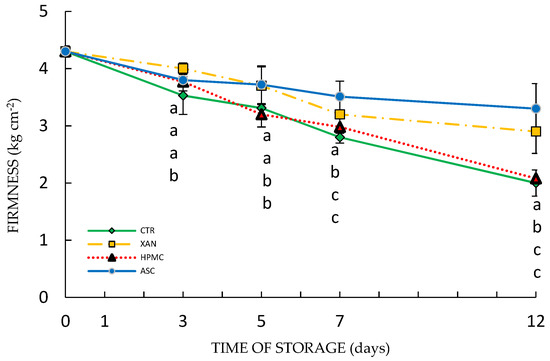New Advances in Fruit Quality: Pre-harvest Techniques and Postharvest Management
A topical collection in Horticulturae (ISSN 2311-7524). This collection belongs to the section "Postharvest Biology, Quality, Safety, and Technology".
Viewed by 11005Editors
Interests: fruit science; fruit quality; post harvest technology; postharvest physiology; vegetable production; fresh-cut processing
Interests: postharvest physiology of fruit and vegetables; postharvest technologies to preserve overall quality; functional and nutritional quality; native resources valorization; pomology
Special Issues, Collections and Topics in MDPI journals
Topical Collection Information
Dear Colleagues,
This Topical Collection is dedicated to original research and review articles that cover the latest findings in new pre-harvest techniques and post-harvest management of horticultural products. In recent years the agriculture industry has been quickly growing, and many efforts have been introduced to ensure high-quality produce. Diseases and defects found in plants and crops greatly affect horticulture products. This being the case, many techniques and technologies have been developed to help solve or reduce defects in and improve the quality of horticultural products. The aim of this Topical Collection is to learn about advances in agricultural practices in order to enhance the quality and safety of agro-food products for the health of consumers.
In particular, this Topical Collection will focus on innovative production practices with the use of technology to increase fruit quality and reduce environmental pollution as well as waste of resources during pre- and post-harvest, new technologies to improve post-harvest quality, and progress on techniques to improve food safety for consumers’ health.
We are highly interested in the latest advances in and prospects of sensory evaluations of fruit quality, such as sensory attributes, sensory quality control, sensory analysis of PDO products, qualitative research methods, consumer test methods and questionnaires, shelf-life testing, the impacts on fruit quality and food safety of pre- and post-harvest treatments and technologies, and strategic sensory research. Both original research and review articles are welcome.
Dr. Alessio Allegra
Dr. Giuseppe Sortino
Collection Editors
Manuscript Submission Information
Manuscripts should be submitted online at www.mdpi.com by registering and logging in to this website. Once you are registered, click here to go to the submission form. Manuscripts can be submitted until the deadline. All submissions that pass pre-check are peer-reviewed. Accepted papers will be published continuously in the journal (as soon as accepted) and will be listed together on the collection website. Research articles, review articles as well as short communications are invited. For planned papers, a title and short abstract (about 100 words) can be sent to the Editorial Office for announcement on this website.
Submitted manuscripts should not have been published previously, nor be under consideration for publication elsewhere (except conference proceedings papers). All manuscripts are thoroughly refereed through a single-blind peer-review process. A guide for authors and other relevant information for submission of manuscripts is available on the Instructions for Authors page. Horticulturae is an international peer-reviewed open access monthly journal published by MDPI.
Please visit the Instructions for Authors page before submitting a manuscript. The Article Processing Charge (APC) for publication in this open access journal is 2200 CHF (Swiss Francs). Submitted papers should be well formatted and use good English. Authors may use MDPI's English editing service prior to publication or during author revisions.
Keywords
- pre-harvest
- post-harvest
- quality
- shelf life
- food safety
- sensory evaluation
- marketing
- consumer behavior (including willingness to pay and purchase intentions)
- protected designation of origin (PDO)
- genomics











